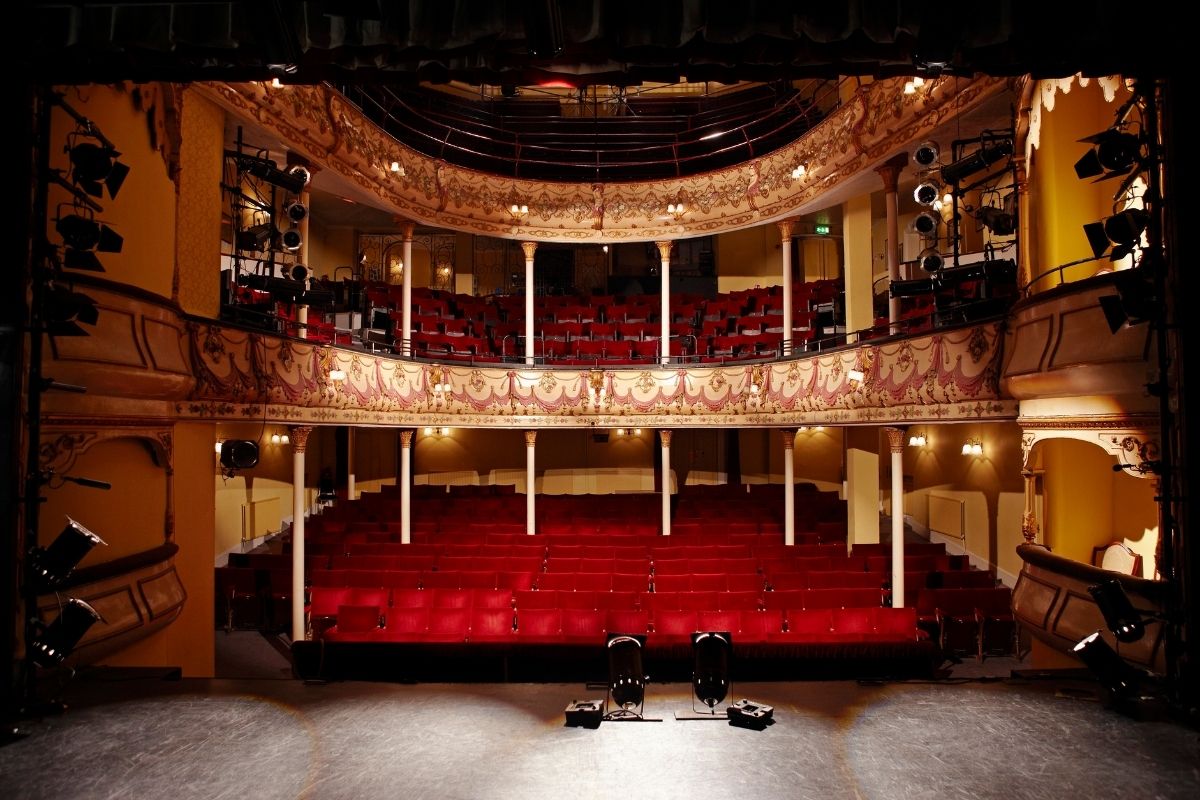Fred Carl’s Approach to Musical Direction in Performing Arts

When you’re making music for a production, sometimes, the person who creates the music arranges it. Then, the question is, OK, how do you take that arrangement and throw it on other instruments with consideration to the size of the budget and the size of the house the show is being played in? Online performing arts education is a great start, but in a professional setting, the musical director will take that information and synthesize it with the storytelling. As far as actors go, too, the musical director is frequently in on the casting as well; when I’m directing the music for a show, I usually am.
I’m inclined to be in communication with the writers (or the director, if the writers aren’t around), discussing the intent for the sound, the kind of actors, the kind of people, and asking “how does this come across?” while I’m shaping the music. I shape the music according to the energetic flow of the show. Musical directors might conduct a show, though sometimes there’s a separate conductor, but either way, each show has its own tempo, and there’s always a sweet spot for that tempo.
Performing arts educations don’t necessarily prepare you for finding that sweet spot. I’ve done shows where, afterward, the actors are like, “man, that was too slow,” and I’ve done shows where they’re like, “dude, slow down, it’s like you’re trying to make us go crazy.” Then, there’s just a little bit of work to find that sweet spot. That’s, in my experience as a musical director, how I approach musical direction.


